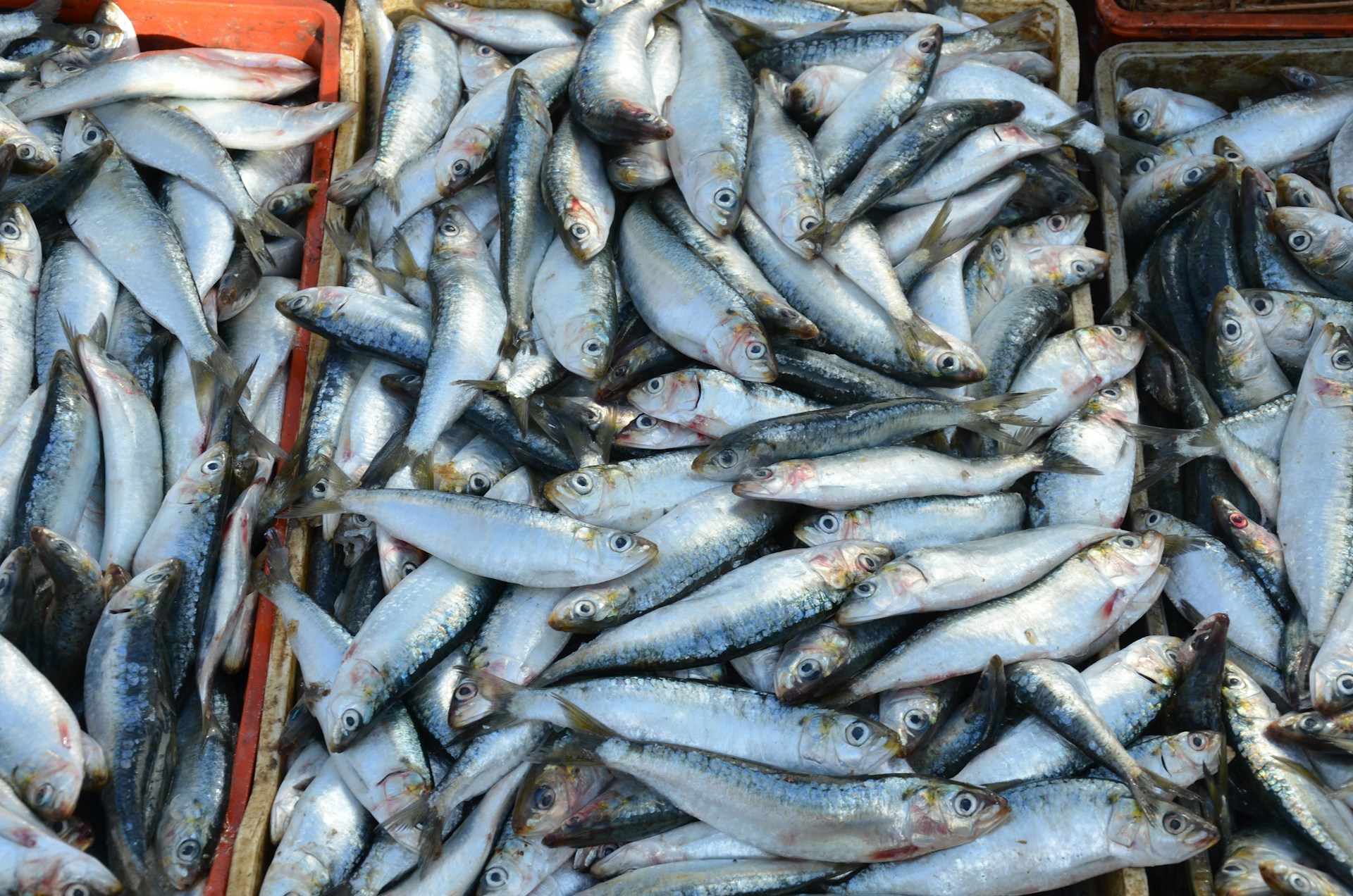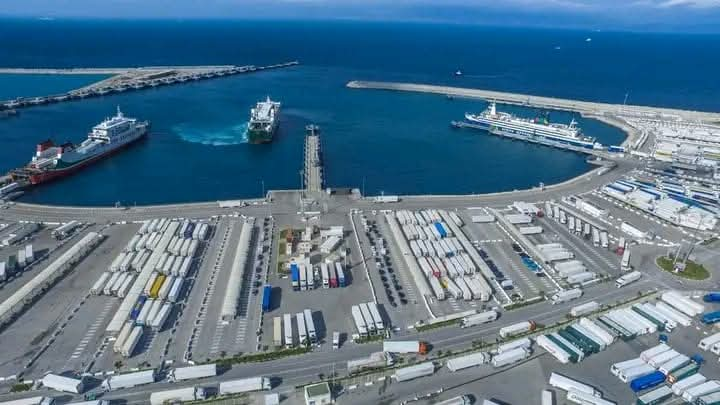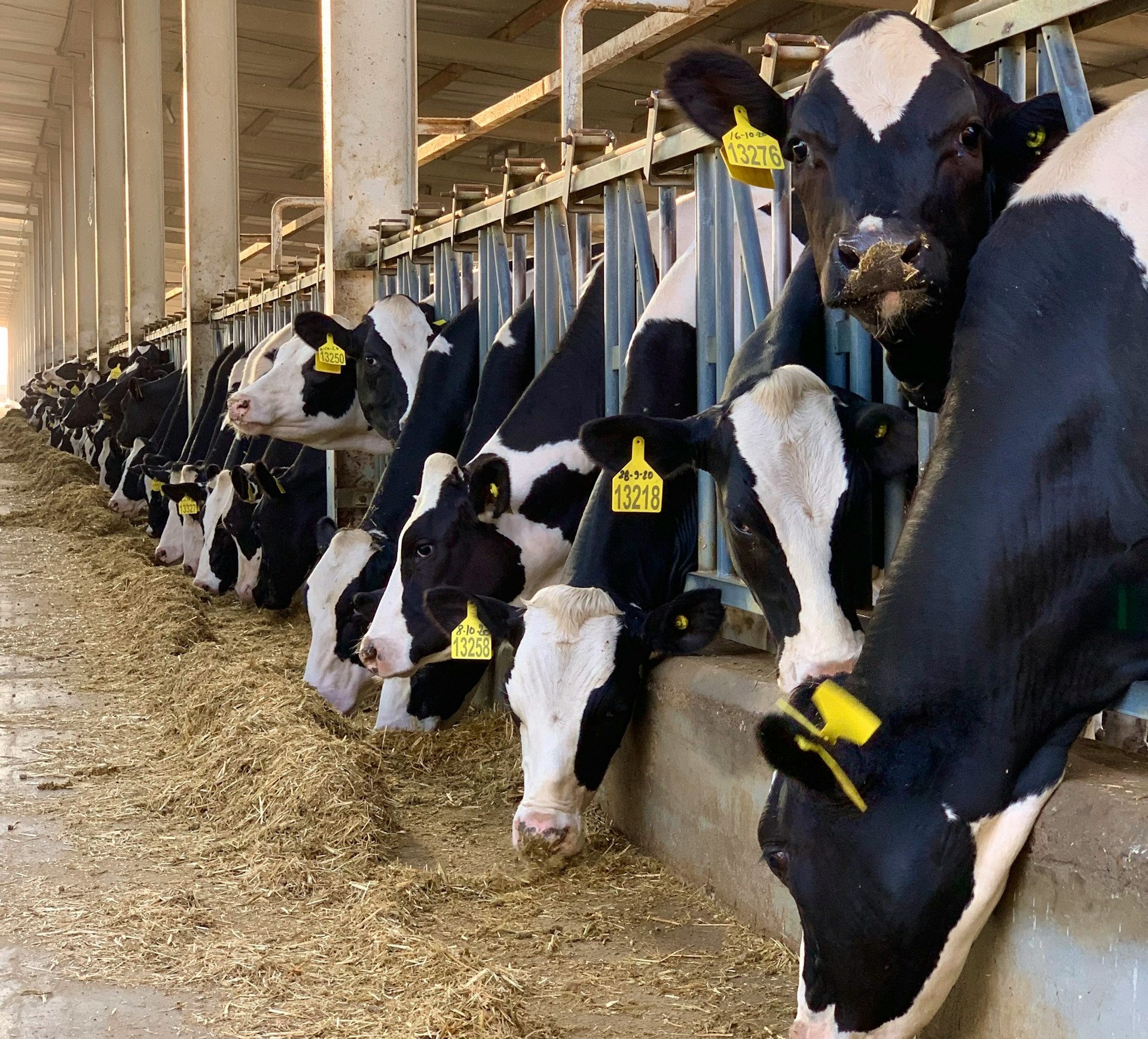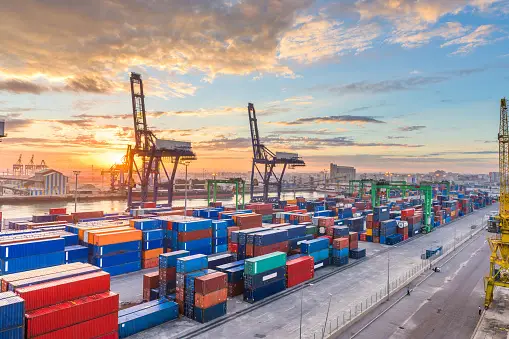Casablanca – In recent years, Moroccan tomato exports to Spain and Europe have experienced a significant surge, reflecting both the growth of Morocco’s agricultural sector and evolving trade dynamics in the region. According to various reports, Spain’s imports of Moroccan tomatoes have seen a remarkable increase, driven by both rising demand and competitive pricing.
In 2023, Spain imported Moroccan tomatoes worth approximately $91.3 million, despite facing a decline in agricultural output due to prolonged drought conditions and a diversification of supply sources. This figure underscores Morocco’s resilience as a leading tomato exporter and Spain’s reliance on these imports. The agro-food trade between Spain and Morocco remains highly active, with Morocco consistently ranking as a top supplier.
Over the past decade, Moroccan tomato exports to the European Union have climbed significantly, from 326,000 tons in 2013 to over 491,000 tons in 2023. This increase corresponds with the EU’s growing demand for tomatoes from non-EU countries, with total imports reaching 802,845 tons in 2023.
The trend is particularly notable when comparing historical data. In 2014, Spain imported only 18 million kilograms of Moroccan tomatoes. By 2021, this number had surged to over 80 million kilograms, marking a 347.84% increase. The monetary value of these imports also rose sharply from $17.5 million in 2014 to approximately $101.5 million in 2021. Additionally, the average price paid per kilogram increased from $0.76 in 2014 to $1.03 in 2021, reflecting a 35.53% rise in prices over the period.
Morocco’s export growth is not confined to Spain. Recently, Morocco has overtaken Spain as the second-largest exporter of tomatoes to the British market, following the United Kingdom’s exit from the European Union. This shift highlights Morocco’s expanding role in the international tomato trade and its strategic positioning within European markets.
The broader trade relationship between Spain and Morocco is complex, with Spain heavily relying on Moroccan agricultural products, including those rebranded under Spanish labels and seafood that supports Spain’s tourism sector. In 2022, Spanish imports of mollusks from Morocco reached approximately $746.1 million.
However, the trade balance remains tilted in favor of Morocco. In 2023, although the balance slightly decreased compared to the previous year due to a decline in Moroccan export volumes and an increase in Spanish exports to Morocco, Spain still faces a significant trade deficit. The most notable Spanish exports to Morocco include soybean oil and live cattle, with live sheep and goats also among the top imports, valued at around $50.8 million the previous year.
Data from the Ministry of Agriculture, Fisheries, and Food (MAPA) indicate a nearly 6% decrease in Spain’s negative trade balance in 2023 compared to 2022, underscoring Spain’s continued dependence on Moroccan agro-food products despite adjustments in trade flows.
The evolving dynamics of Moroccan tomato exports to Spain and Europe reflect broader trends in global agricultural trade, influenced by market demands, competitive pressures, and geopolitical shifts. Morocco’s strategic growth and adaptation in this sector continue to play a crucial role in shaping the agro-food landscape in the region.
















